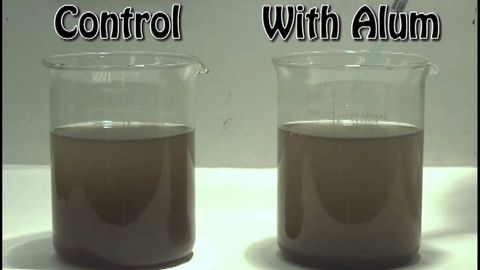凝集
李應振 が 2020 年 08 月 06 日 に投稿  この条件に一致する単語はありません
この条件に一致する単語はありませんUS /ˈwɔtɚ, ˈwɑtɚ/
・
UK /'wɔ:tə(r)/
- n. (u.)水;海
- v.i.(目が)涙を出す : 涙を流す;よだれがたまる
- v.t.水をかける
- adj.小さい;(アルファベットの)小文字の : 小文字で書かれた;重要でない : 主要でない;小さい;小規模の;(音 : 声が)弱い;低い;小さい;幼い
- adv.まったく : すっかり
- adj.空っぽの : 何もない;公正な;無菌の;きれいな : 清潔な;潔白な
- v.t.清潔にする;きれいにする;取り除く
エネルギーを使用
すべての単語を解除
発音・解説・フィルター機能を解除
